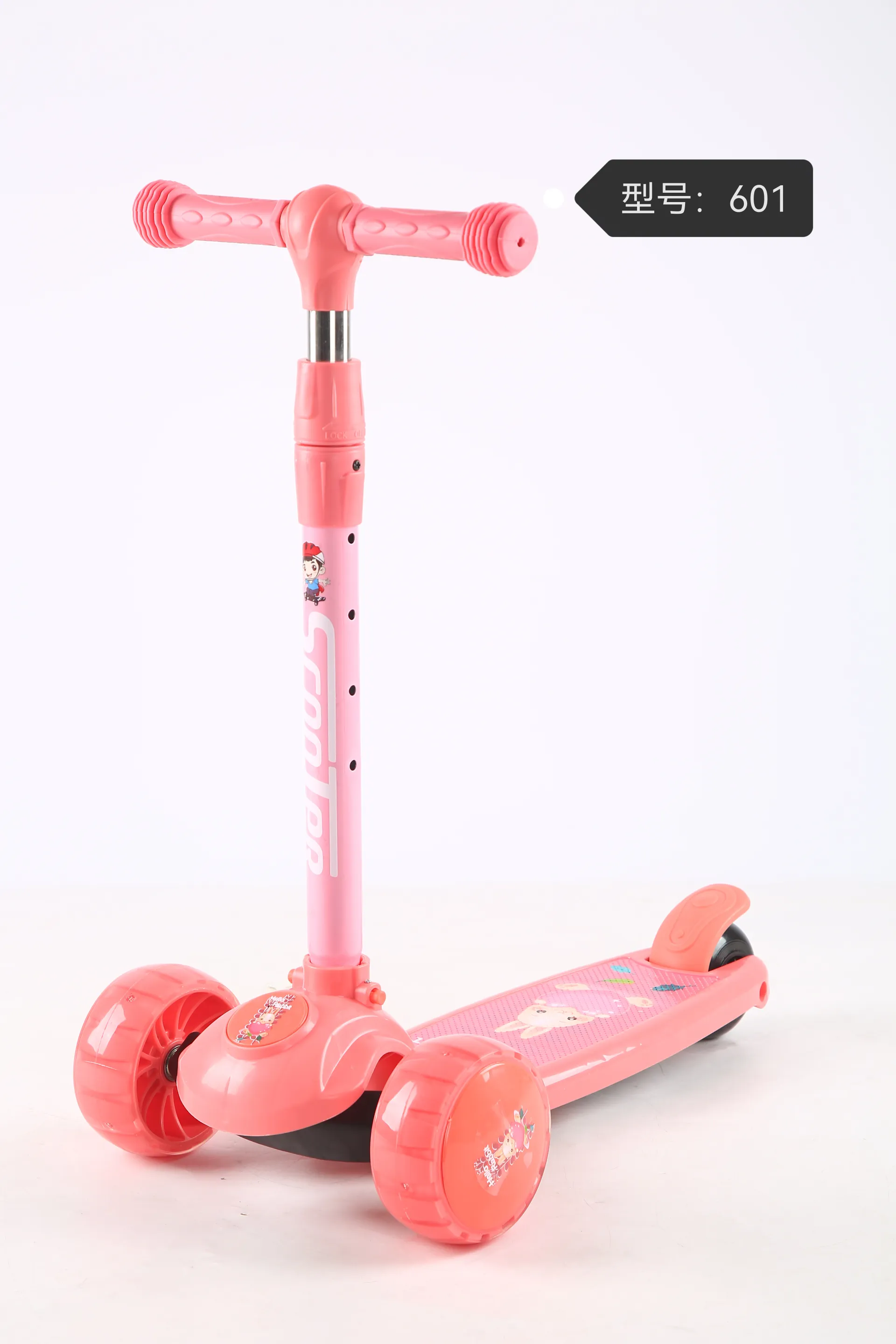kids bike price
Understanding Kids' Bike Prices What You Need to Know
When it comes to purchasing a bike for your child, one of the most important factors to consider is the price. Kids' bike prices can vary significantly based on various elements, including brand, quality, features, and size. This article will explore the factors that influence kids' bike prices and provide guidance on how to make an informed purchase.
Factors Influencing Kids' Bike Prices
1. Brand Reputation Well-known brands often charge more for their bikes due to their established reputation for quality and safety. Brands like Trek, Specialized, and Giant have built trust over the years, and many parents are willing to pay a premium for their products.
2. Materials and Build Quality The materials used in the construction of the bike significantly impact the price. Bikes made from lightweight aluminum are generally more expensive than those made from heavier steel. Lightweight bikes are easier for kids to handle and are often more durable over time.
3. Size and Age Appropriateness Kids' bikes come in various sizes designed for different age groups and heights. Generally, larger bikes that accommodate taller children tend to be pricier. It's crucial to ensure that the bike is appropriate for your child's size, as a poorly fitting bike can lead to safety issues and hinder their ability to ride effectively.
4. Features and Accessories Bikes with additional features, such as gears, suspension systems, or advanced braking mechanisms, usually come with a higher price tag. Some kids' bikes also include safety features or accessories like training wheels, kickstands, and lights, which can add to the overall cost.
5. New vs. Used Bikes Buying a new bike is often more expensive than purchasing a used one. If you’re on a budget, consider checking out local classifieds, online marketplaces, or bike shops that offer pre-owned bikes. Just ensure that the used bike is in good condition and safe for your child to use.
Average Price Range
kids bike price

On average, you can expect to pay anywhere from $100 to $500 for a kids' bike. Entry-level bikes designed for younger children often start around $100 to $200, while more advanced models for older kids can range from $300 to $500. Specialty bikes, such as mountain bikes or BMX bikes, may exceed this range, particularly if they include high-quality components.
Ensuring Your Purchase is a Smart Investment
1. Research and Reviews Before making a purchase, it’s essential to do your research. Read reviews from other parents and check out expert recommendations. Websites and forums dedicated to biking can provide valuable insights into the best brands and models.
2. Test Rides If possible, take your child to a local bike shop to test ride a few options. A bike that fits well and feels comfortable can make a significant difference in their enjoyment and performance.
3. Safety First Always prioritize safety features when choosing a bike. Look for bikes with reliable braking systems and well-set gears. Helmets and safety gear should also be part of your budget, as they are essential for ensuring your child’s safety while riding.
4. Warranty and Customer Service Consider purchasing from a brand or retailer that offers a warranty. A good warranty can provide peace of mind, knowing you have support in case any issues arise with the bike.
Conclusion
Investing in a kids' bike is a significant decision, and understanding the price factors can help you make an informed choice. By considering brand reputation, materials, features, and making sure the bike fits your child well, you can find a bike that fits your budget while ensuring safety and longevity. Remember, the right bike can provide countless hours of enjoyment and promote a healthy, active lifestyle for your child.
-
Why Ride On Toys Are Every Kid’s FavoriteNewsApr.03,2025
-
Why a Mountain Bike is Perfect for Outdoor AdventuresNewsApr.03,2025
-
Why a Baby Tricycle is the Perfect First RideNewsApr.03,2025
-
The Joy of Learning with a Kids Balance BikeNewsApr.03,2025
-
The Fun and Benefits of a Childrens ScooterNewsApr.03,2025
-
Find the Perfect Kids' Bikes for Fun and AdventureNewsApr.03,2025
-
Perfect Color for Your Mountain BikeNewsFeb.27,2025








